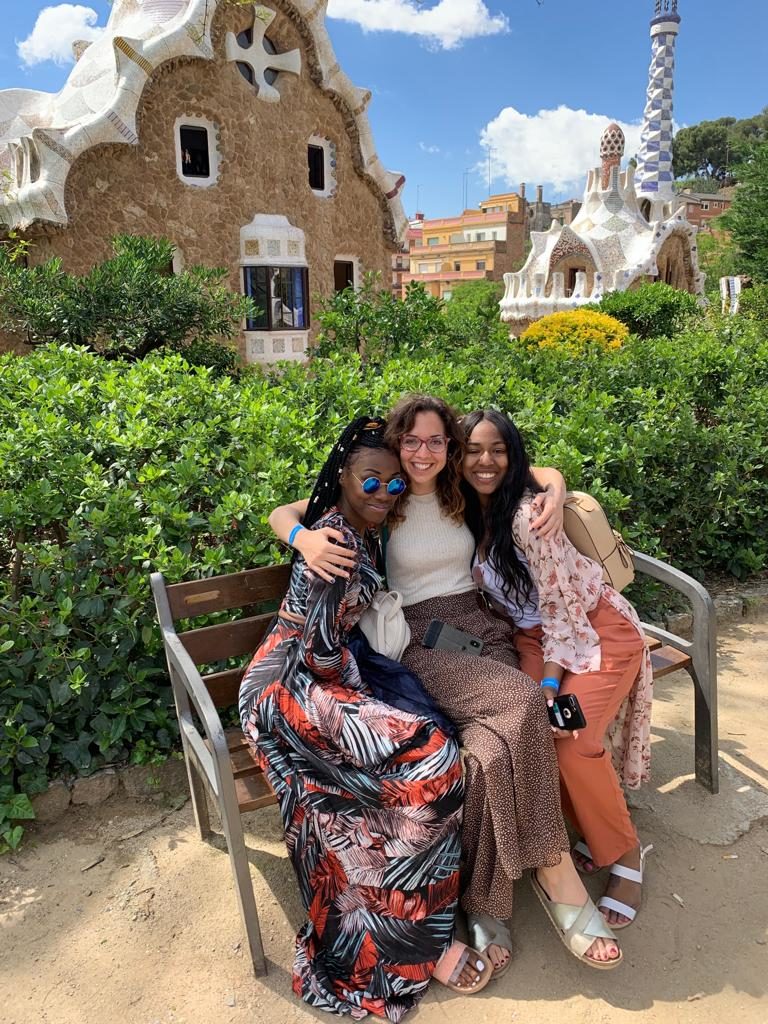How to dress in Spain
Dressing for the Mediterranean Climate
You’ll find that most Spanish people tend to dress up a little more than the average American. You will see young men wearing jeans and t-shirts or soccer jerseys, but you’ll also see a lot of people in nice pants and nice shoes. Women generally wear very feminine clothing, even if they’re wearing jeans, and they don’t tend to wear sneakers. Most people get very dressed up to go out at night, and you will probably want to, as well.
To fit in with your surroundings, avoid wearing grubby jeans, sweatshirts and sneakers. Nice, fitted clothing is what most people wear. Of course, as with everywhere in the world, you’ll find people who dress differently, maybe more “punk” or more sporty. The main thing that you might want to avoid is dressing like a “typical American,” in baggy jeans and sneakers every day—at least until you get a better idea of how comfortable you are in your new environment and with your new friends.
Fall
When you first arrive for the Fall Semester, it will be hot. The summer heat will linger probably through the end of September, with temperatures as high as 30 or 40ºC (86-104ºF). The hottest part of the day is the afternoon, which is why the Spanish people take siesta: it’s too hot to go outside. By October and November it will begin to cool down, and it will begin to rain more. At this point in the fall, it will be cool enough for a light jacket at night and maybe even on some rainy days.
Winter
While it doesn’t snow or get as cold as it does in some regions of the U.S., it does get cold and damp in Spain in the winter. By mid-December and through February, temperatures will get as low as 5ºC (41ºF) at night. You will need to wear a heavy winter coat during the day and night, although you may find it a little warm on a sunny afternoon. Please note that most homes do not have central heating, so you will most likely have a space heater in your room during the colder months. Make sure you have sweaters to wear during the day and warm pajamas for sleeping.
Spring
Sometime in March the weather will begin to warm up again. Temperatures will reach the mid to upper 20’s (Celsius, about 82ºF) and rain will be infrequent. Again, at the beginning you may wish to wear a light jacket at night, but by late April the weather will be warm and beautiful.
Summer
During the months of May and June, the temperature will slowly climb back up to around 30º and 40ºC (86-104ºF). The sun will be hot, especially during siesta, but the air will be dry. July and August are the hottest months of the year, with temperatures as high as 50ºC (122ºF) on some days. Keep cool, drink lots of water, and take advantage of the hours of siesta to stay in your home. In August, if you were to remain in the city, you would find that nearly everything shuts down and most people travel to the beach to wait for the temperature to start its slow decline.


















